Buddhist Sites in Greater Lumbini Area
Posted by Ram Kumar Shrestha on January 16, 2013
Buddhist Sites in Greater Lumbini Area

Kapilvastu
-
Tilaurakot: The ancient capital of the Shakya Kingdom, which was the kingdom of Buddha’s father, with remains of the fortification wall with gates and remains of the citadel; Prince Siddhartha lived here until 29 years of age; site in Tentative World Heritage List
-
Niglihawa: Birthplace of Kanakmuni, who was one of the four Buddhas of the Bhadrakalpa era (which is a long and immeasurable period of time of the sages, and it is also the present eon); site has a broken Asoka Pillar erected by Emperor Asoka in 249 BC
-
Aurorakot: Ruins of a rectangular fortified area; believed to be the natal town of Kanakmuni Buddha
-
Sagarhawa: A forest with a long lake known as Lumbusagar; thousands of Shakyas were massacred by King Virudhaka out of vengeance; ruins of hundreds of stupas built in their memory were excavated by German archaeologist Anton Fuhrer between 1897-1898
-
Gotihawa: Remains of an Asoka Pillar to mark Krakuchhanda’s birthplace; Krakuchhanda was also one of the four Buddhas of the Bhadrakalpa period
-
Kudan: Site where Buddha met his father, mother, wife and son for the first time after his renunciation; his son Rahul was ordained by Buddha’s most revered disciple
-
Sisahaniya: important archaeological site of the Maurya-Kushan era; believed to have an ancient Buddhist monastery and a fort

- Tilaurakot, Rupendehi
Rupendehi
- Lumbini: Birthplace of Buddha; World Heritage Property
- Devdaha: The ancient capital of Koliya Kingdom, which was the home of Buddha’s mother and his in-laws
Nawalparasi

- Ramagrama, Nawalparasi
- Ramagrama: Stupa containing one of eight relics of Buddha;; in Tentative World Heritage List
- @UNESCO
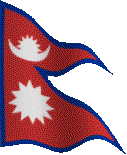

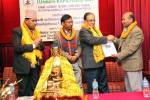
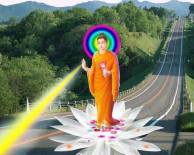


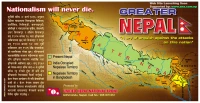




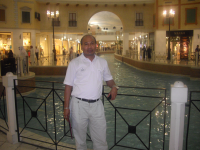
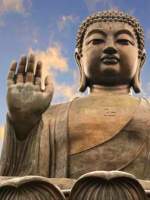


















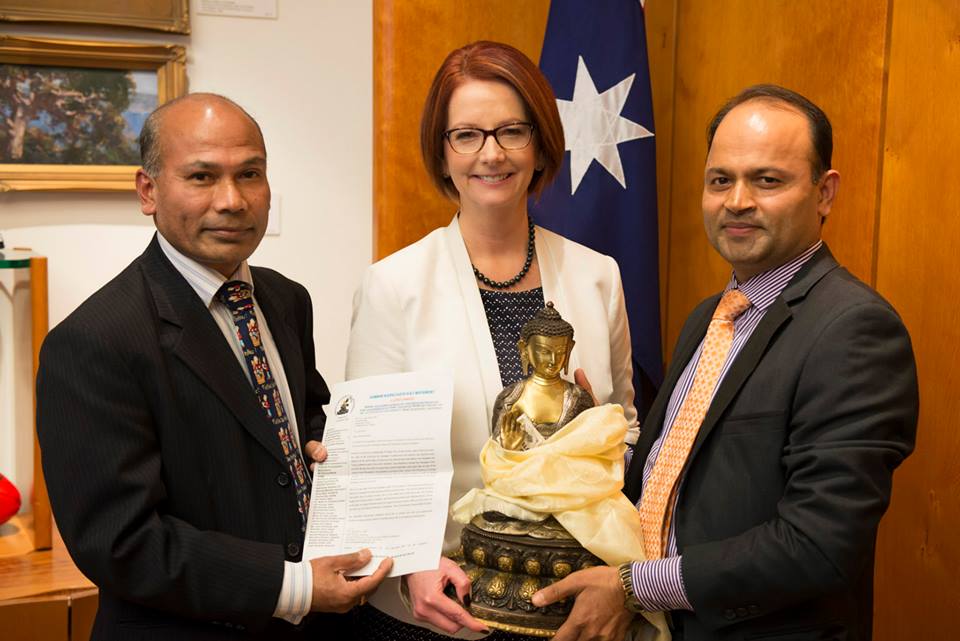


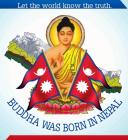
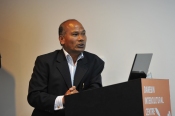
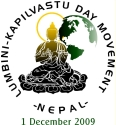











Leave a comment